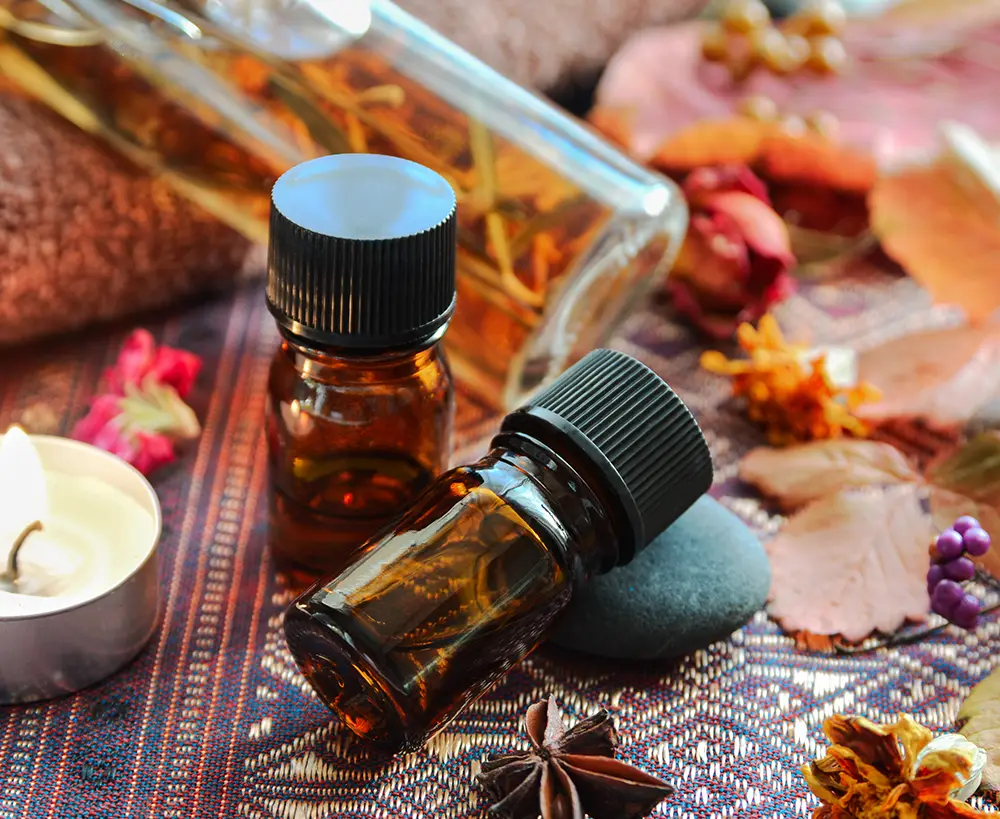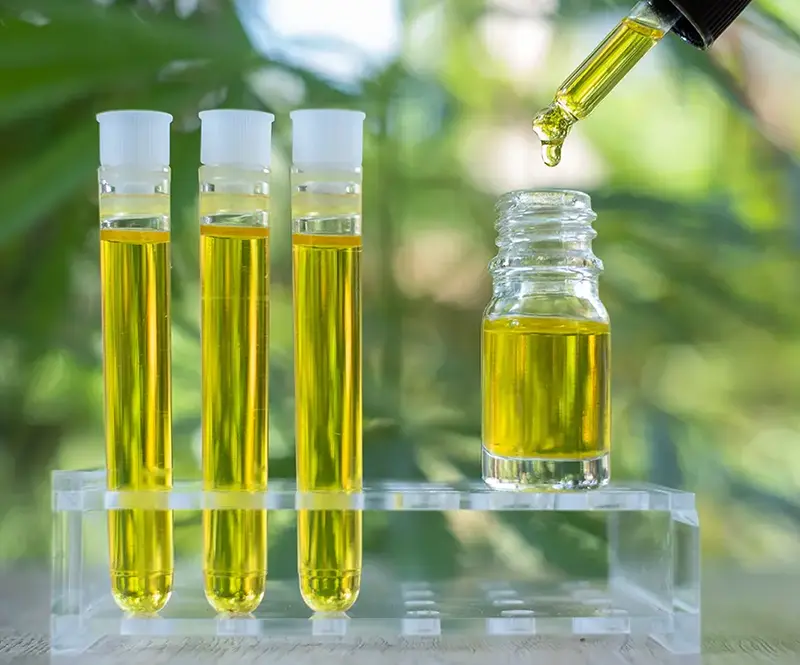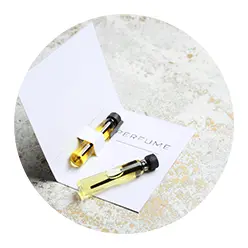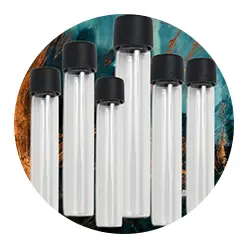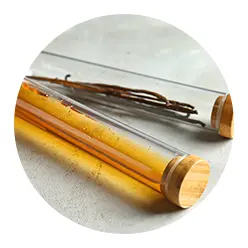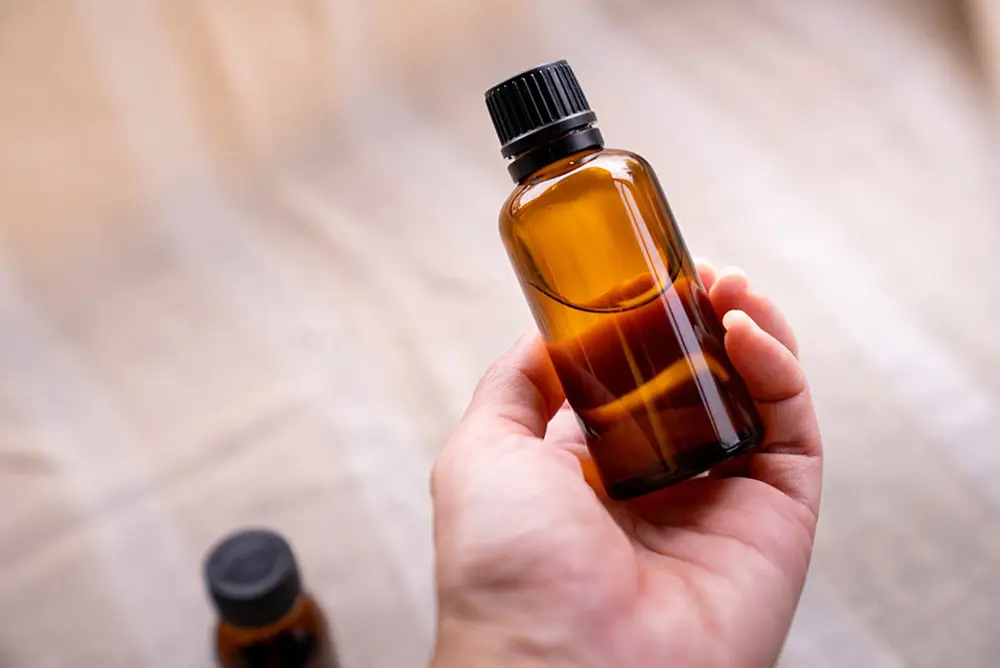Glass dropper bottles are commonly used for storing and dispensing pharmaceuticals and other healthcare-grade products. However, it is vital to sterilize these bottles before use to prevent the growth of bacteria, fungi, or other harmful microorganisms that can compromise the quality and safety of the products. This article aims to provide manufacturers of medical products with practical information and guidelines on properly sterilizing glass dropper bottles for use in their products.
Importance of Sterilizing Glass Dropper Bottles in Healthcare Products
Using unsterilized glass dropper bottles in healthcare products can pose potential health risks to consumers, such as skin irritation, infections, and other adverse reactions. Additionally, unsterilized bottles can compromise the effectiveness and shelf life of the products, leading to poor patient satisfaction at best and dangerous reactions at worst.
Understanding the Importance of Sterilization
Sterilization is the process of killing or eliminating all forms of microorganisms from a surface or object. In healthcare product manufacturing, sterilization is crucial to ensure the safety and efficacy of the products. Different sterilization methods, such as autoclaving, chemical sterilization, and dry heat sterilization, can be used.
Preparing Glass Dropper Bottles for Sterilization
Before sterilization, cleaning the bottles thoroughly with soap and water or a specialized cleaning solution is essential. After cleaning, ensure the bottles are dry to prevent contamination during sterilization.
Sterilization Techniques
Autoclaving is a sterilization method that uses high pressure and high temperature to kill microorganisms. Chemical sterilization uses chemicals such as hydrogen peroxide, ethylene oxide, or chlorine dioxide to kill microorganisms. Dry heat sterilization uses high temperatures to sterilize objects.
Factors to Consider When Choosing a Sterilization Method
When choosing a sterilization method, manufacturers should consider the type of product stored in the bottles, the kind of glass dropper bottles, and the quantity of bottles to be sterilized. The method chosen should be effective, safe, and compatible with the product and the bottles.
Best Practices for Sterilizing Glass Dropper Bottles
Manufacturers should carefully handle the bottles to prevent breakage or contamination during sterilization. After sterilization, bottles should be stored in a clean, dry, and sterile environment. Regular maintenance and re-sterilization should also be performed to ensure continuous product quality and safety.
Conclusion
Proper sterilization of glass dropper bottles is crucial for the safety and effectiveness of healthcare products. Manufacturers should prioritize sterilization in their product manufacturing process to prevent potential health risks to consumers and ensure patient satisfaction. By following best practices and choosing appropriate sterilization methods, manufacturers can ensure the quality and safety of their products. We invite manufacturers to purchase all glass vials for packaging from Acme Vial and Glass, a trusted supplier of quality glass vials for over 70 years.

